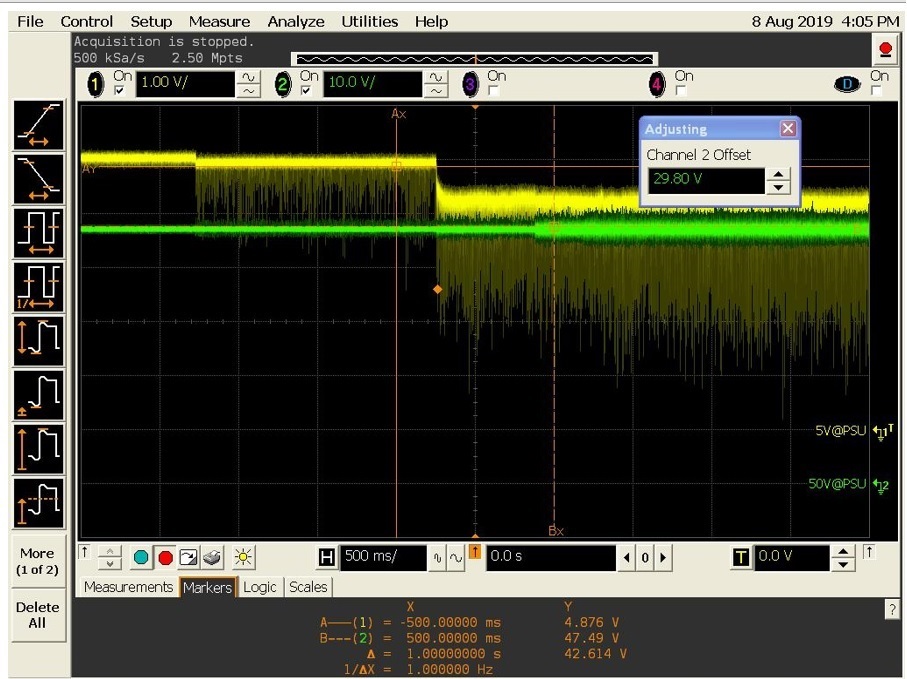Other Parts Discussed in Thread: LM2936,
In our Application,
Input Voltage = 65V
Output Voltage = 5V
Input Cap= 1uF
Output Cap= 10uF
R1= 100 K (//10nf)
R2= 30K.
we used this device in our Transmitter Product, The RF Output at transmitter port is 30dBm approx,
The device output Voltage become 3.5-4V (Suppose to be 5V). This cause malfunction in system.
Can you suggest the cause and solution ?


